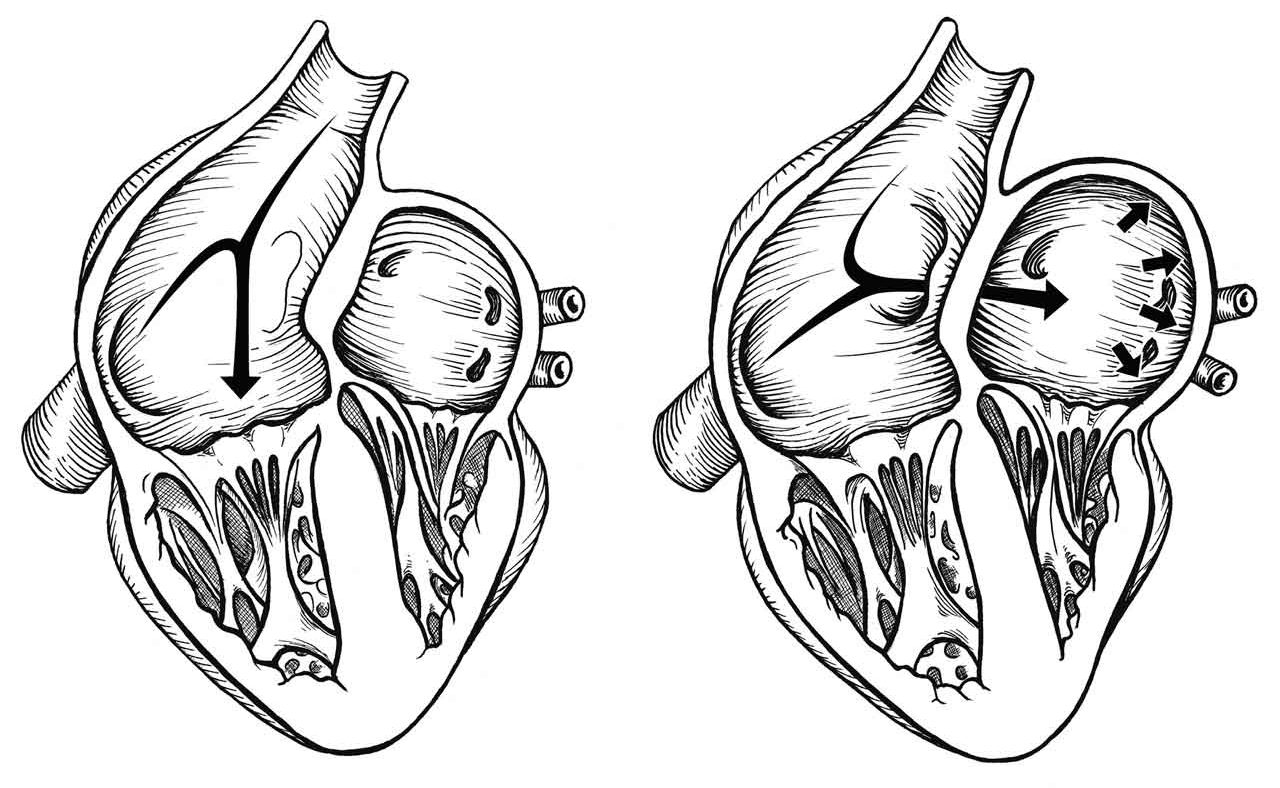What Is Patent Foramen Ovale?

What is patent framen ovale? Usually a patent foramen ovale does not have symptoms, and you won’t even know you have one. Here’s what you should know.
Around a quarter of Americans have a hole in their hearts — and most don’t even know it. A patent foramen ovale (PFO), as doctors call it, doesn’t have to be a problem.
What is patent foramen ovale?
When a newborn takes her first breath outside her mother’s body, a flap-like opening in her heart closes, and, in most babies, seals completely in a few months. If it doesn’t seal, you have a PF0.
The word “patent” means “open.” The “foramen ovale” is a hole between the left and right atria that, in a fetus, allows blood to bypass the lungs, which don’t get going until they encounter air.
YOU MIGHT ALSO LIKE: What Is a Widowmaker Heart Attack?
Don’t mix up a PF0 with an atrial septal defect, which is usually bigger than a PF0 and occurs if tissue fails to form in the fetus.
If you have a PF0, blood is leaking from your right atrium to the left. That sounds scary, but most of the time it’s okay. The problem is if that blood contains a clot.
The clot can move through the opening and up to your brain, potentially causing a transient ischemic attack (TIA) — blocking blood flood to your brain for under a day — or a full stroke. If it moves to a coronary artery, it triggers a heart attack. A TIA or stroke is usually the first sign of a PF0.
If you have a patent foramen ovale
A PFO is diagnosed with an echocardiogram, or “cardio echo.” About 40 to 50 percent of patients who have a cryptogenic stroke, or a stroke with no clear cause, have a patent foramen ovale. The hole is more likely if your stroke occurred before age 55. Often a PF0 combined with another condition, like atrial fibrillation or deep vein thrombosis, can increase your stroke risk.
Taking aspirin or warfarin reduce the chances of a clot, though they don’t affect the hole.
Should you have it closed? Patent foramen ovale closure isn’t easy. It requires open-heart surgery or a device placed by a catheter. The Food and Drug Administration has approved one device, but only for patients who had a patent foramen ovale stroke. There is good evidence that closing the hole will help prevent a second stroke.
Patent foramen ovale symptoms include migraine headaches with an aura. About 40 to 60 percent of people who suffer from migraines with an aura have a PF0, roughly twice the prevalence in the general population, according to a 2016 report to the American Headache Society, and there are theories about how it could trigger a migraine. (Migraine without an aura doesn’t seem linked to PF0s). So far, however, studies have found that closing the hole doesn’t help migraines enough to justify the risks of the procedure. That said, if you have aura migraines and other reasons to close a PF0 — a previous stroke or serious risk factors — there’s a chance that you may have fewer migraine days afterwards.
YOU MIGHT ALSO LIKE: New Hope for Curing Atrial Fibrillation
Updated:
March 03, 2020
Reviewed By:
Janet O’Dell, RN